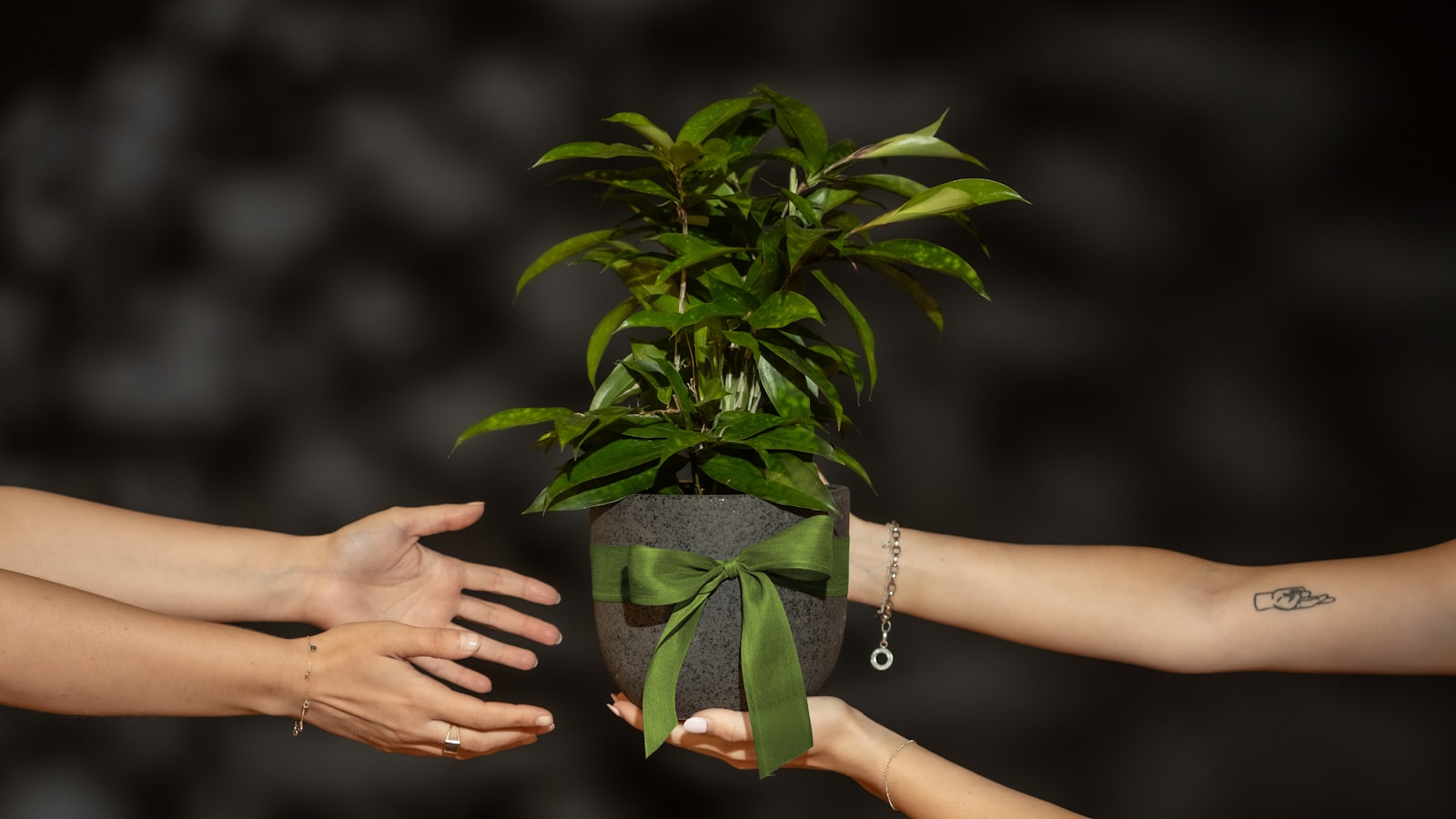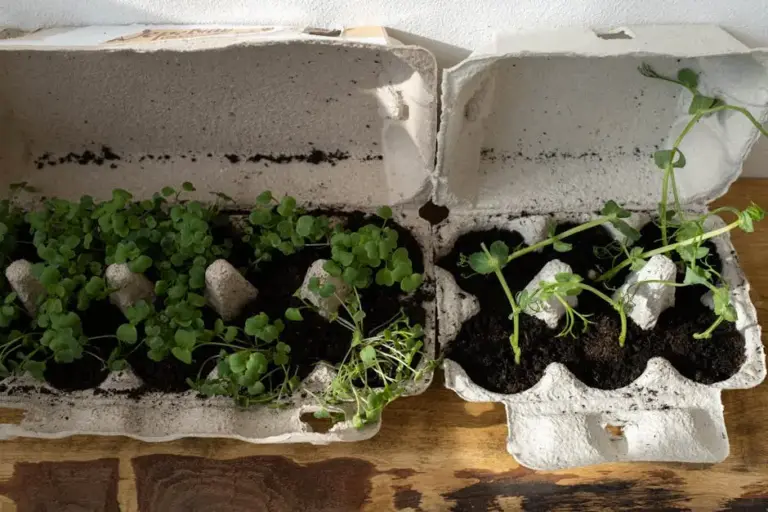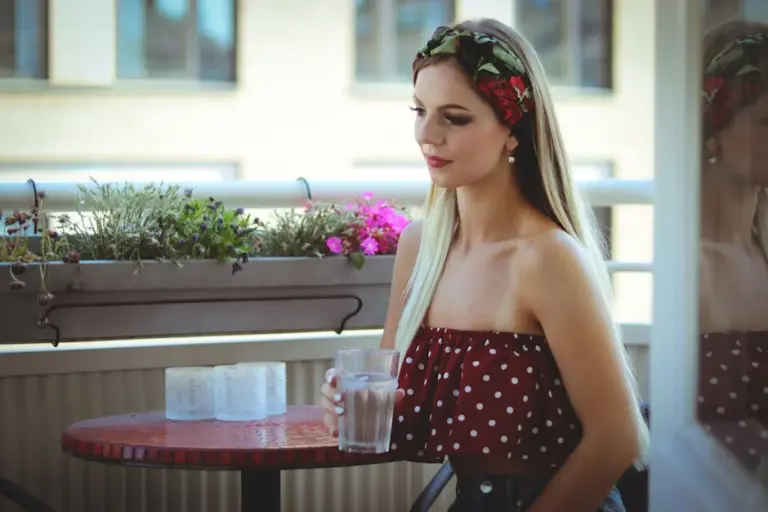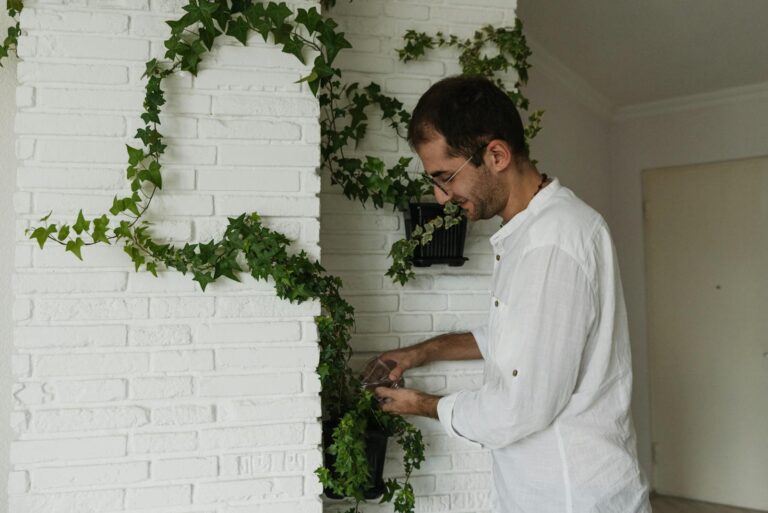How to Bring Outdoor Plants Inside for Winter Without Stressing Them Made Easy and Stress-Free
As the weather cools down, you might be looking at your outdoor plants and wondering how to keep them thriving until next spring. It’s always a little nerve-wracking moving your green friends indoors, especially if you’ve had trouble in the past.
You may be concerned about pests hitching a ride or your plants getting stressed by the change. With a little planning, you can help your plants make the transition smoothly and keep your indoor space lively all winter.
Check outdoor plants carefully for pests before moving inside

Before you carry any plant indoors, take a close look at every leaf and stem. Pests like spider mites, aphids, and mealybugs can hide under leaves or in the soil.
Look for webs, sticky spots, or tiny bugs. If you spot anything suspicious, remove pests by hand or spray the plant with water.
Insecticidal soap is another safe option for tackling common pests. Taking time with this step can save you from dealing with an indoor infestation later.
Isolate new plants from indoor ones for 4 to 6 weeks to prevent infestations

When you bring plants in from outside, keep them away from your existing indoor plants. This helps prevent any new bugs or diseases from spreading.
Try to isolate new arrivals for about 4 to 6 weeks. If space is tight, even a week or two of separation is better than none.
Check these plants daily for signs of pests or illness. This extra step can spare you a lot of headaches down the road.
Bring plants indoors when nighttime temperatures drop below 50°F
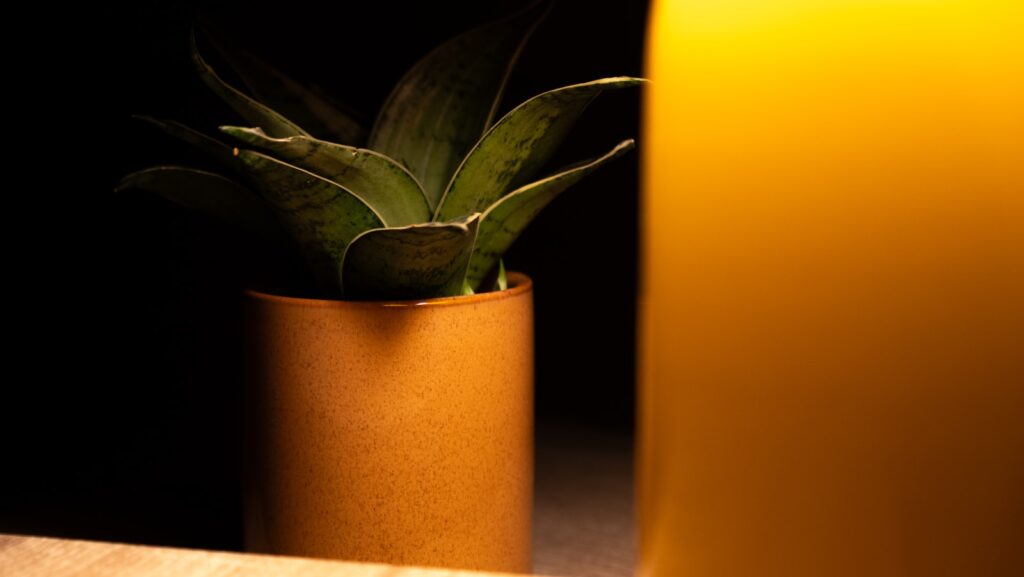
Keep an eye on the weather forecast as the seasons change. When nights start dipping below 50°F, it’s time to bring most outdoor plants inside.
Tropical and tender plants can suffer if left out in the cold. Moving them in before the first frost gives them a better chance to adjust.
Find a spot indoors with enough light and a stable temperature. Avoid putting plants near drafts or heating vents since sudden temperature swings can be tough on them.
Trim dead or leggy growth to help plants adjust indoors
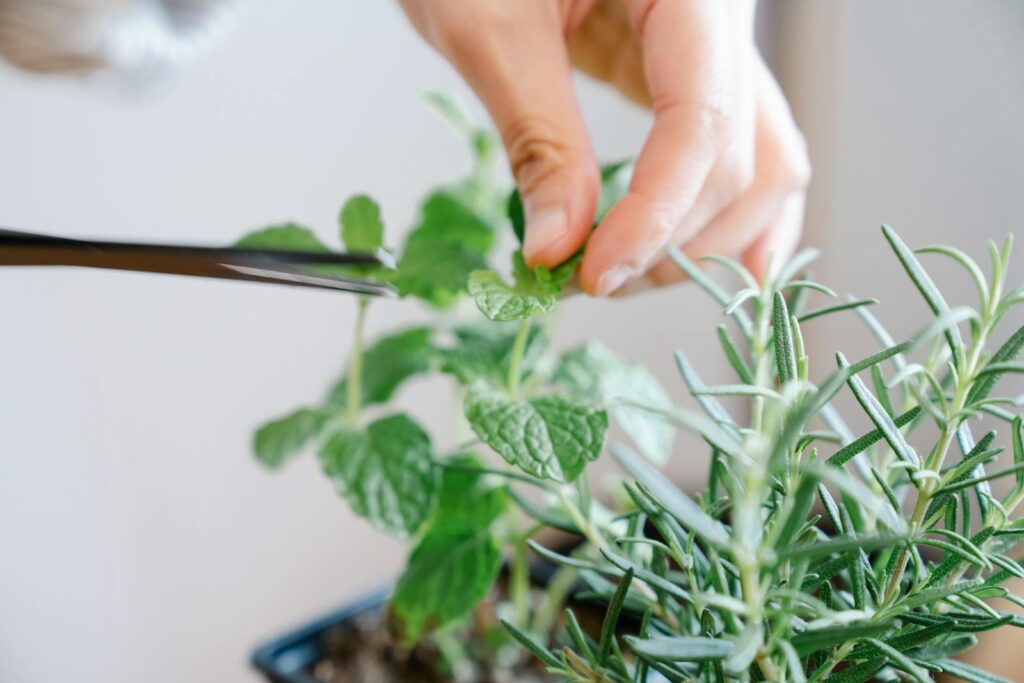
Take a few minutes to trim away dead leaves or stems before bringing plants inside. Snip off any brown, yellow, or dried leaves.
If you see long, weak stems reaching for sunlight, trim them back as well. Use clean scissors and make careful cuts above a leaf node.
This helps your plant focus its energy on healthy growth and makes it look tidier indoors.
Gradually reduce watering to match lower indoor humidity
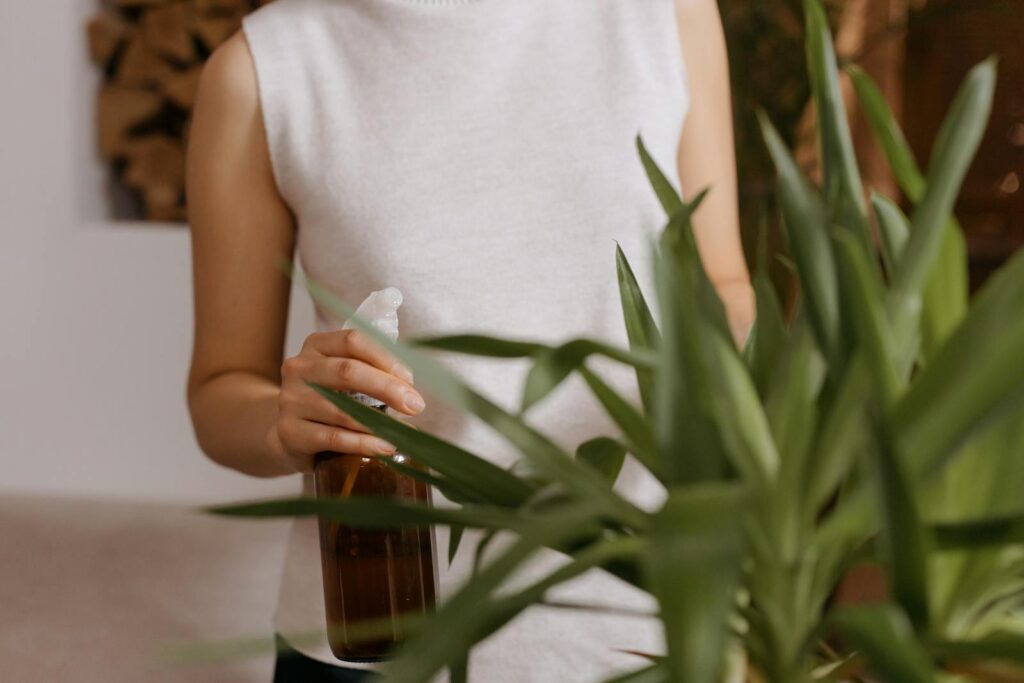
Indoor air is usually drier, especially when the heat is on. Your plants won’t need as much water as they did outside.
Let the top inch of soil dry out before watering again. Gradually cut back on watering over a week or two to help your plants adjust.
Check the soil with your finger and watch for signs like wilting or yellowing leaves. These clues can help you figure out what your plant needs.
Place plants in bright, indirect light spots away from drafts

Find a spot in your home where your plants can get plenty of bright, indirect light. East-facing windows usually work well for this.
Keep plants away from heaters, air conditioners, and drafty windows. Sudden changes in temperature can cause stress and leaf drop.
If you notice leaves with brown edges, try moving your plant a bit farther from the window. Most houseplants prefer temperatures between 65 and 75 degrees.
Wipe leaves gently to remove dust and improve photosynthesis
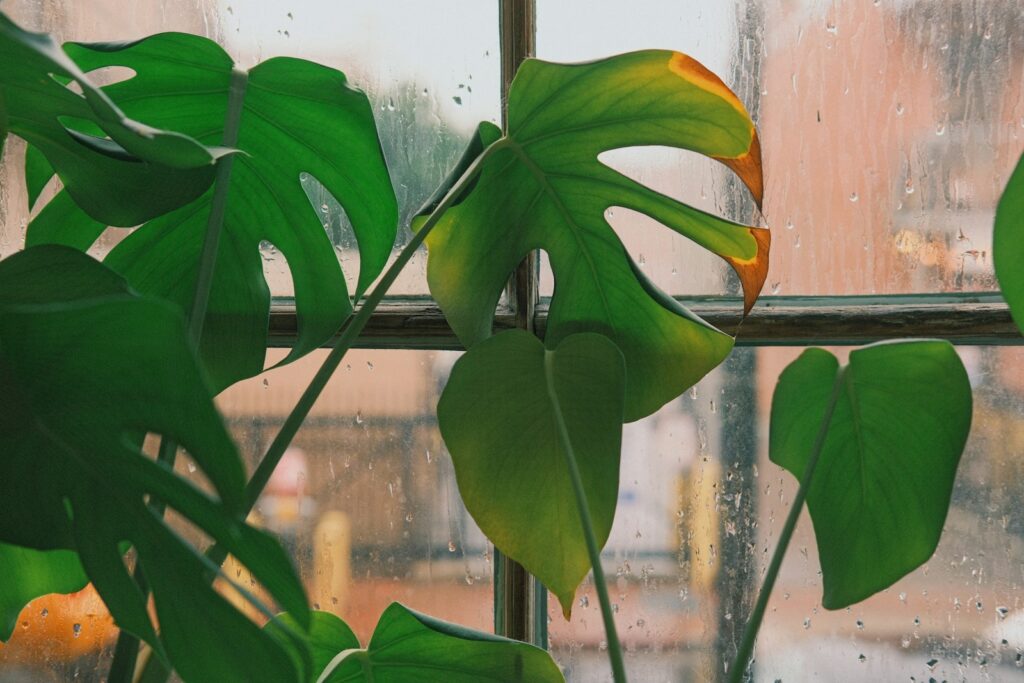
Once your plants are inside, their leaves can collect dust quickly. Dust blocks sunlight and makes it harder for plants to thrive.
Use a soft, damp cloth to wipe each leaf gently. Hold the leaf and wipe from the center outward.
Regularly cleaning leaves helps plants absorb more light and lets you spot any pest problems early.
Be gentle and take your time, especially with delicate leaves. If needed, use a soft brush or rinse with water for extra-sticky leaves.
Avoid sudden changes in temperature and light to reduce stress
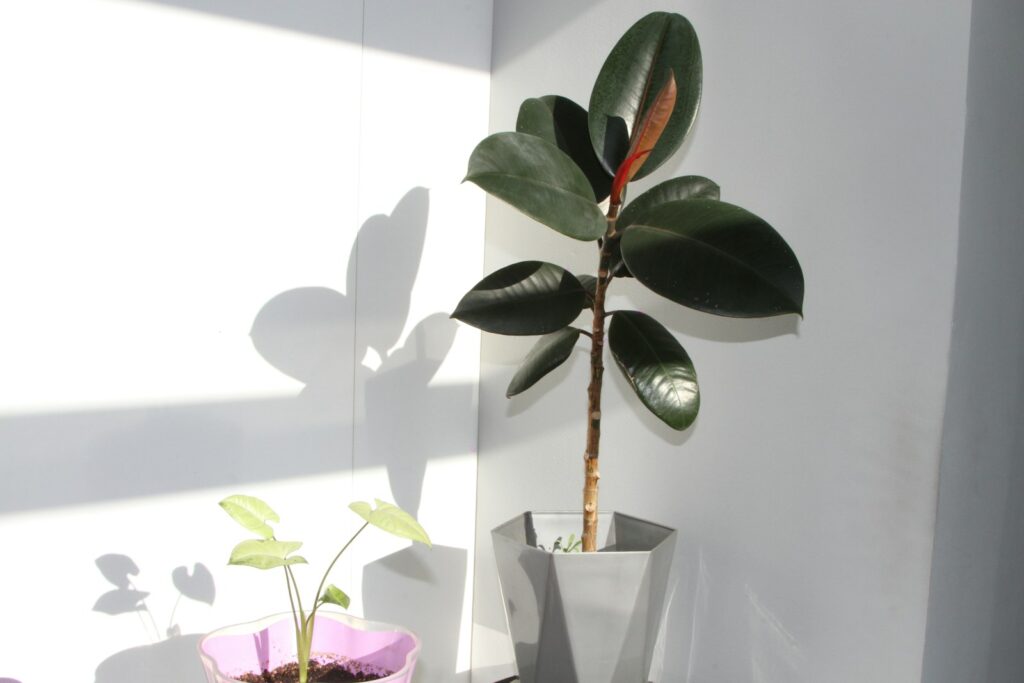
It’s tempting to set your plants down and forget about them, but sudden changes can be tough for them. Start by placing them near a sunny window to ease the transition.
Over a few days, move them to their final spot indoors. This gives them time to get used to lower light and warmer temperatures.
Try to keep them away from cold drafts or heat sources. A little patience here can make a big difference in how well your plants settle in.
Use a humidity tray or room humidifier to counter dry indoor air

Dry indoor air can be harsh on plants that are used to outdoor humidity. A simple humidity tray can help.
Fill a shallow tray with water and pebbles, then set your plant pot on top. As the water evaporates, it adds moisture to the air around the plant.
A room humidifier works well if you have a lot of plants or very dry air. Both options can help keep leaves from turning brown at the edges.
Wash plants with a gentle shower to remove bugs and dirt
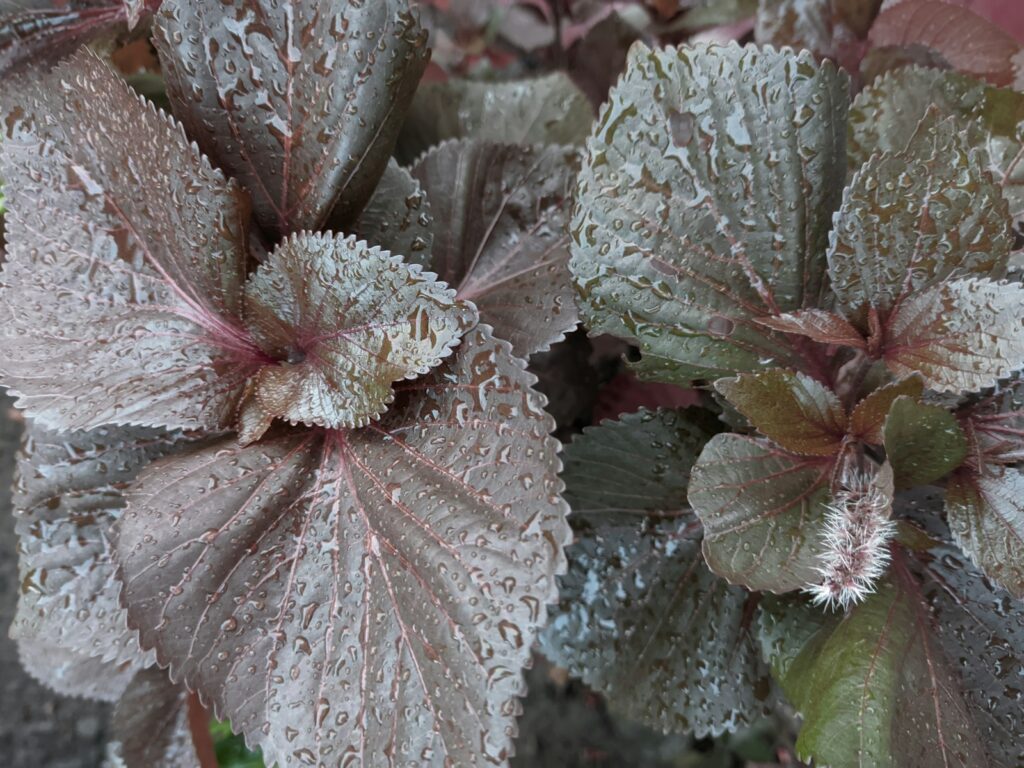
Before moving your plants inside, give them a gentle shower outdoors. Use a soft spray to wash off bugs and dirt from both sides of the leaves.
If your plants are small, you can soak them in a bucket of water with a little mild soap for a few minutes. Let them dry outside before bringing them in to avoid extra moisture indoors.
This simple wash can help keep your home bug-free and your plants healthy.
Understanding Acclimation Needs

When you bring plants inside, they need time to get used to the new environment. Changes in light, temperature, and humidity can be a lot for them all at once.
Pay attention to how your plants are doing during this period. A little extra care can help them adjust more easily.
Why Gradual Adjustments Matter
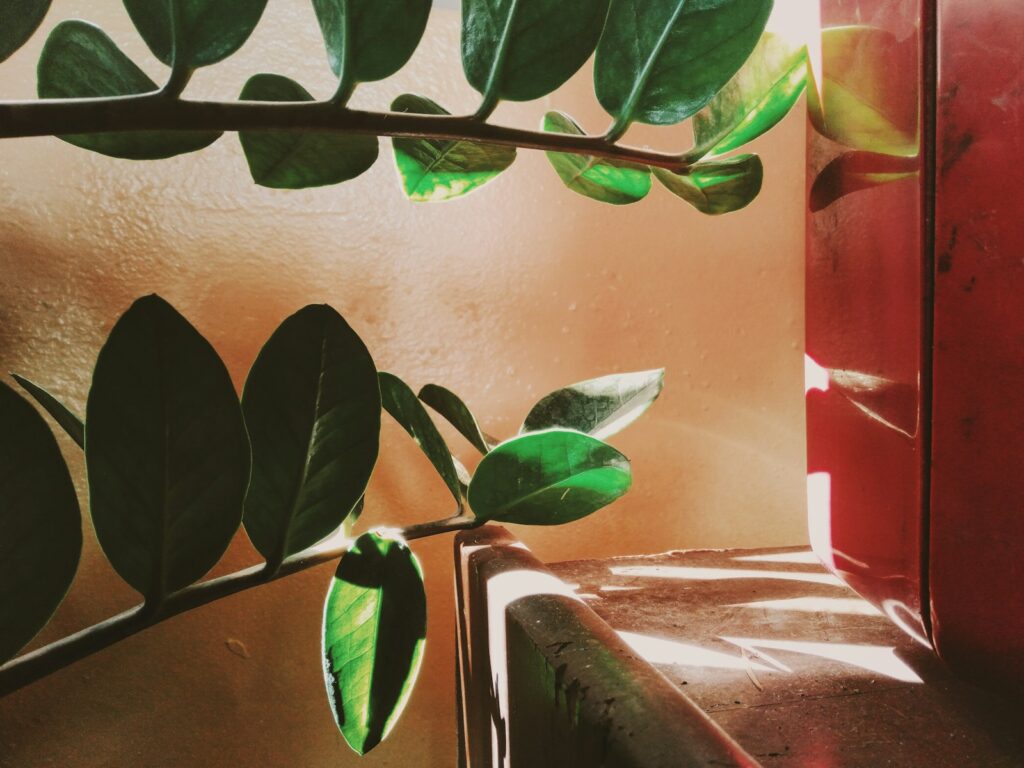
Your outdoor plants are used to bright sunlight and fresh air. Moving them inside means a big shift in light and humidity.
If you move them too quickly, you might notice yellowing leaves or slowed growth. Start by putting them in a shady outdoor spot for a few days before bringing them inside.
Lower the temperature slowly if you can, and try to keep humidity higher with misting or a humidifier. Small steps make a big difference.
Recognizing Plant Stress Signals
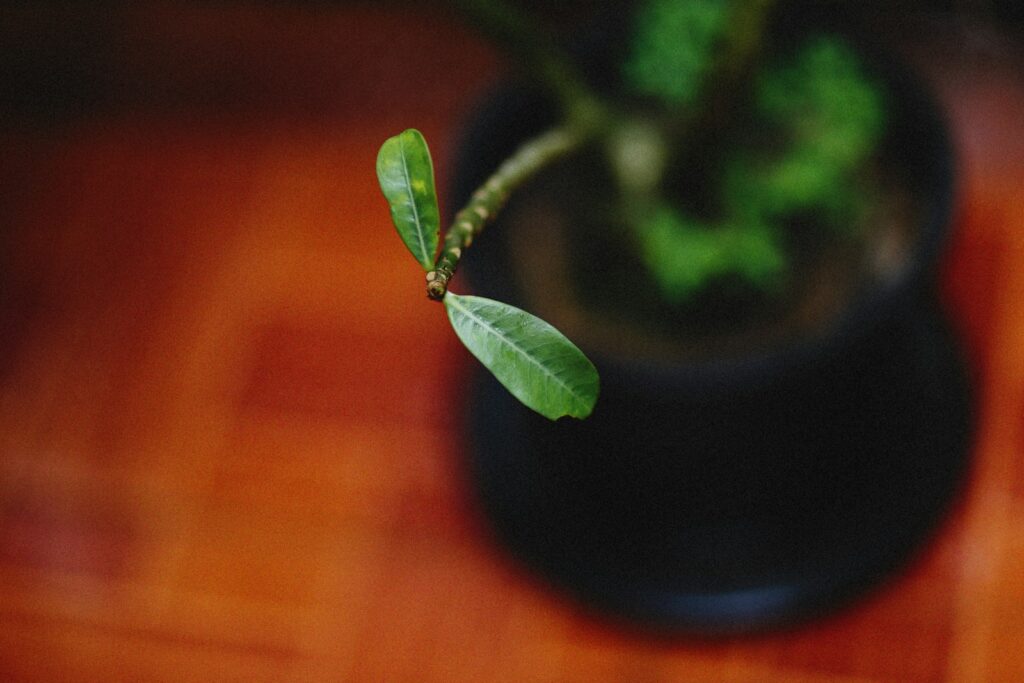
Plants show stress in different ways. Watch for yellowing leaves, dry tips, spots, or leaves falling off.
If leaves get limp or brown, your plant might be too dry or too cold. Wilting can mean it needs more water or a little more time to adjust.
Keep checking on your plants in the first weeks after moving them inside. Spotting problems early means you can help your plants bounce back faster.
Creating the Ideal Indoor Environment
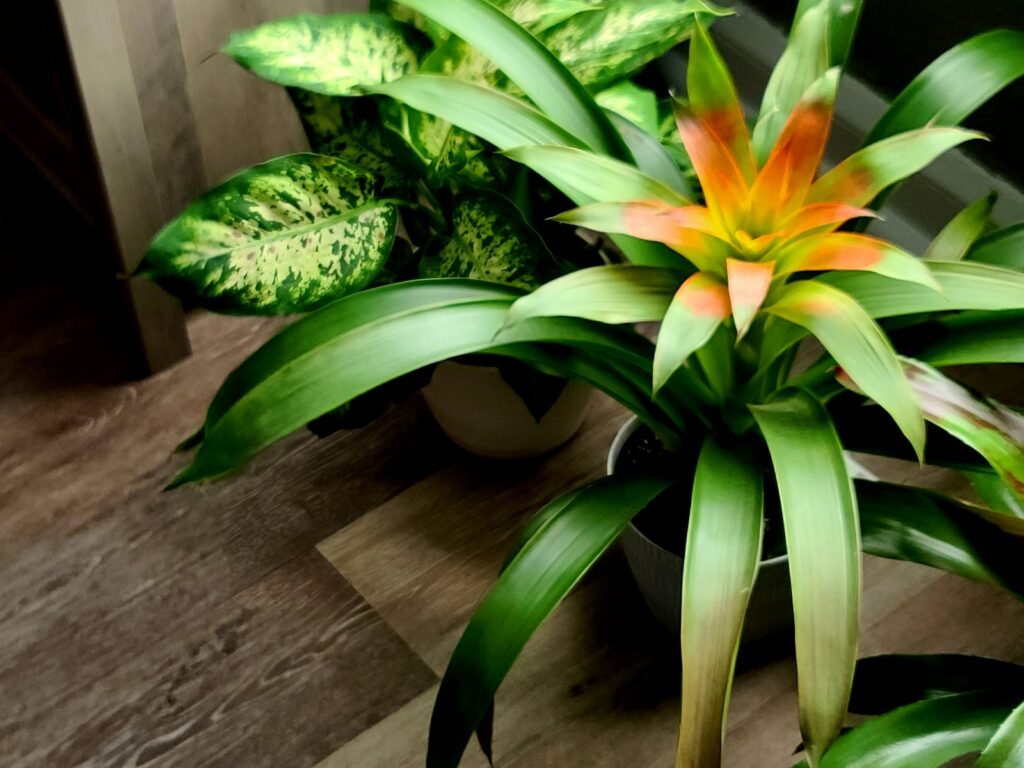
To help your outdoor plants settle in, focus on air quality and the amount of light they get. These two things make a big difference in how well your plants adapt to life indoors.
Managing Humidity and Temperature
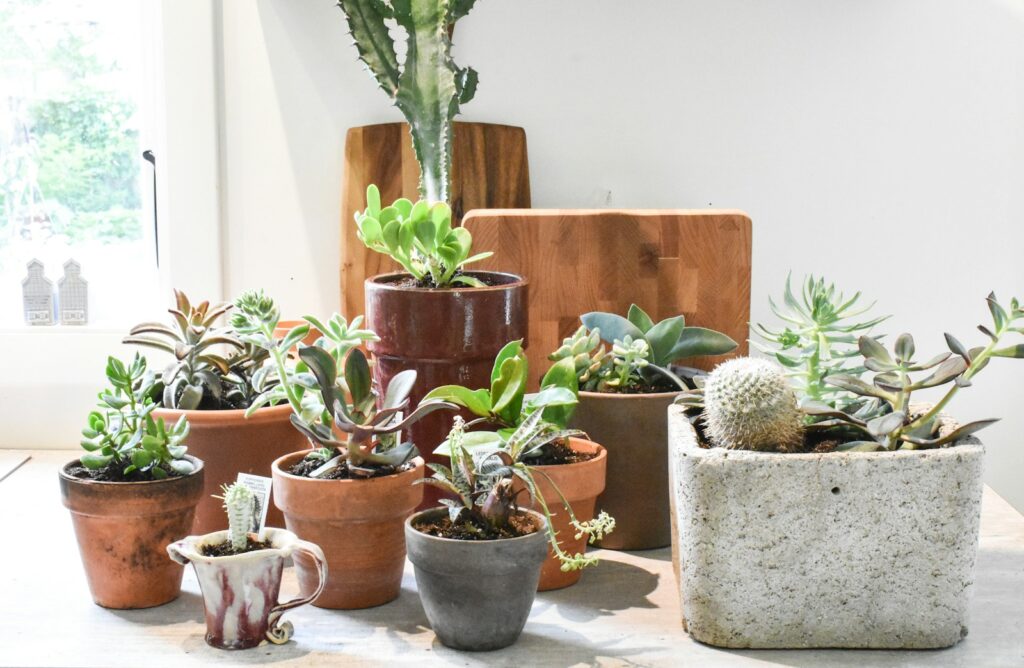
If you’ve ever noticed your houseplants looking a bit sad during the colder months, you’re not alone. Most outdoor plants crave more humidity than what we typically have indoors, especially once the heat kicks on.
Dry air can lead to crispy leaves or even leaf drop. You can help your plants by running a humidifier nearby or setting a shallow tray of water close to them.
Giving your plants an occasional misting can also make a difference. Just a little extra moisture goes a long way.
Keep plants away from spots with drafts, heating vents, or right up against cold windows. Most plants feel comfortable in temperatures between 60°F and 75°F, or 16°C to 24°C.
Try to keep their environment as steady as possible. Sudden changes, like blasts of cold air from an open door, can really stress them out.
Optimizing Light for Transplanted Plants
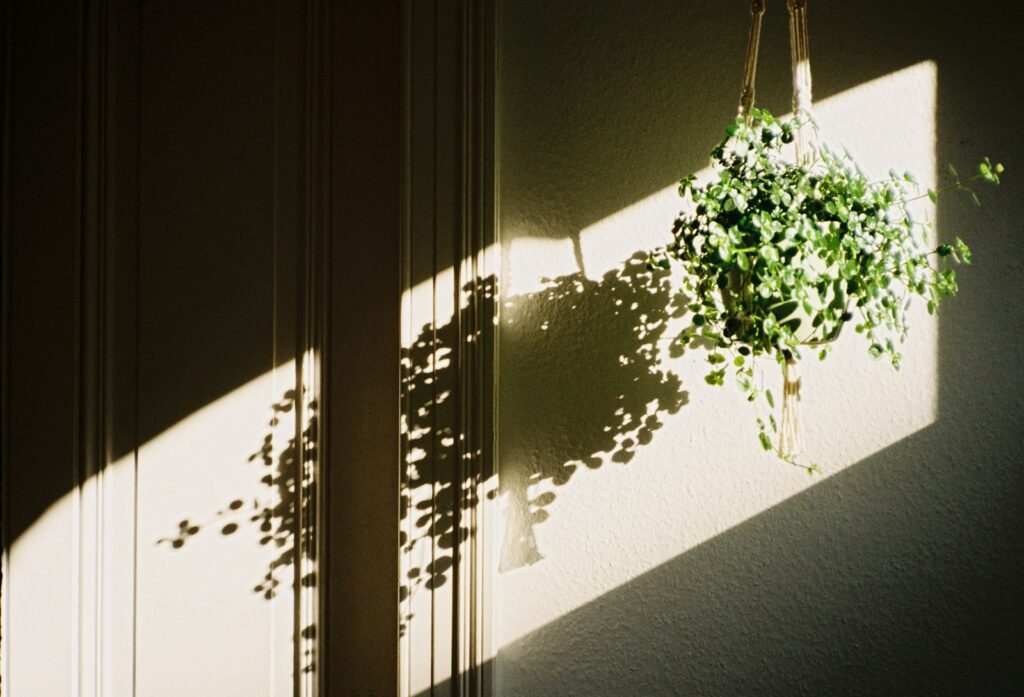
Bringing plants indoors can be a big change for them, especially when it comes to light. Many people notice their plants start to look a bit sad after the move.
Check which direction your windows face. South-facing windows usually let in the most sunlight.
If your space does not get much natural light, try using grow lights. Place these lights about 6 to 12 inches above your plants.
Keep the lights on for 12 to 16 hours each day. Watch how your plants react and adjust if needed.
Rotate your plants every so often. This way, every side gets a fair share of light and your plants can grow evenly.

